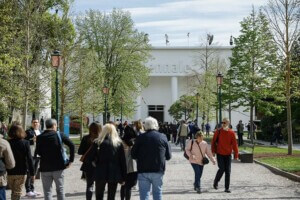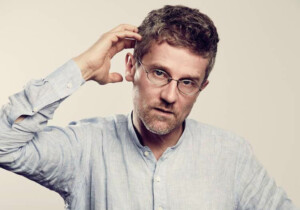Carlo Ratti Associati (CRA) and Milan-based architect Italo Rota recently joined forces with Italian energy behemoth Eni to extoll the carbon-free potential of magnetic confinement fusion energy at the just-concluded 2022 edition of Maker Fair Rome held at Gazometro Ostiense, a historic gasworks on the left bank of the Tiber. Together, CRA and Rota designed a spherical pop-up pavilion installed within the 164-foot-tall metal shell of an old gasholder; the ruby-red installation’s donut-shaped form resembles a tokamak fusion reactor. First conceptualized in the Soviet Union in the 1950s, tokamak fusion reactors are experimental magnetic confinement devices developed to produce controlled thermonuclear fusion.
Described by Eni as a “safe, sustainable and inexhaustible source of energy” that serves as a “breakthrough in the path to decarbonization,” magnetic confinement fusion has been at the core of multiple recent collaborations between the Rome-headquartered global oil and gas company and a number of academic institutions including the Plasma Science and Fusion Center (PSFC) at the Massachusetts Institute of Technology, where CRA founder Carlo Ratti is also director of the MIT Senseable City Lab. Eni has also collaborated with Commonwealth Fusion Systems, which was established in 2018 as a spin-off of the PSFC.
The educational exhibit–hosting mock tokamak reactor at Maker Fair Rome also marked the latest collaboration in a series of projects helmed by CRA and Eni meant to showcase emerging clean energy technologies and promote the circular economy. Last year, the two partnered for Natural Capital, a large-scale data visualization project staged during Milan Design Week at Brera Botanical Garden that demonstrated the carbon-capturing prowess of trees. Other collaborations between the two have included temporary buildings constructed from fungal biomaterials and bioplastic-producing orange juice-squeezing machines.
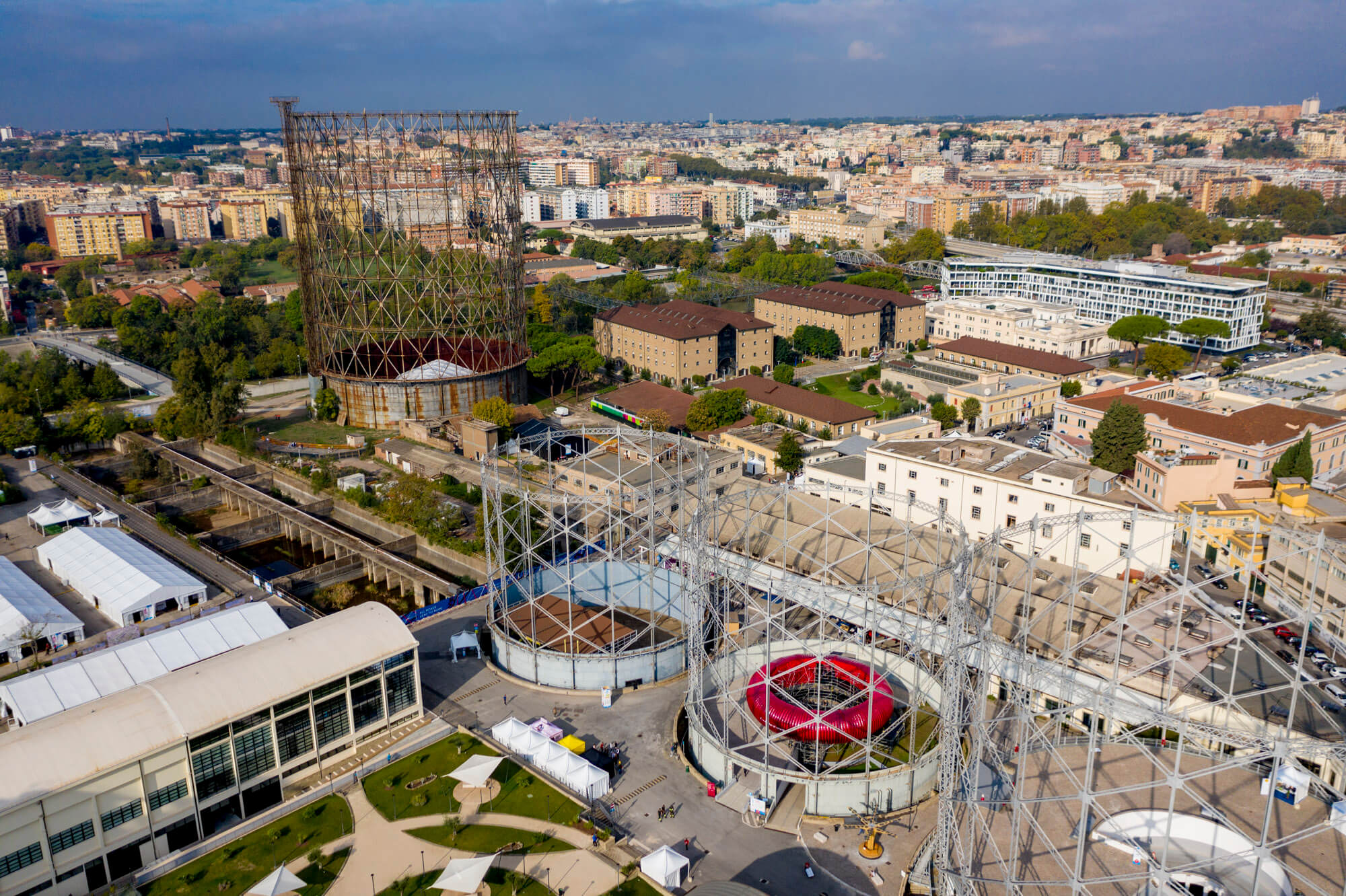
A CRA press release detailed the benefits of nuclear fusion, a process famously supported by the late Stephen Hawking that works as the inverse of nuclear fission, a process in which atoms are split instead of fused together to create energy. “During the process of magnetic confinement, fusion of two hydrogen nuclei releases an enormous amount of energy, similarly to how it happens inside the sun and other stars,” the firm explained. “The most substantial advantage of this technology is that it does not emit greenhouse gases or highly polluting or highly radioactive substances. Furthermore, it is safe and virtually inexhaustible.”
“Magnetic confinement fusion is a clean technology that has the potential to be one of tomorrow’s key decarbonization solutions,” added Ratti. “With the project, we wanted to start an open-design process to imagine how fusion power plants will be integrated in sub-urban areas – prompting makers and architects alike to join a discussion on our future energy landscape.”
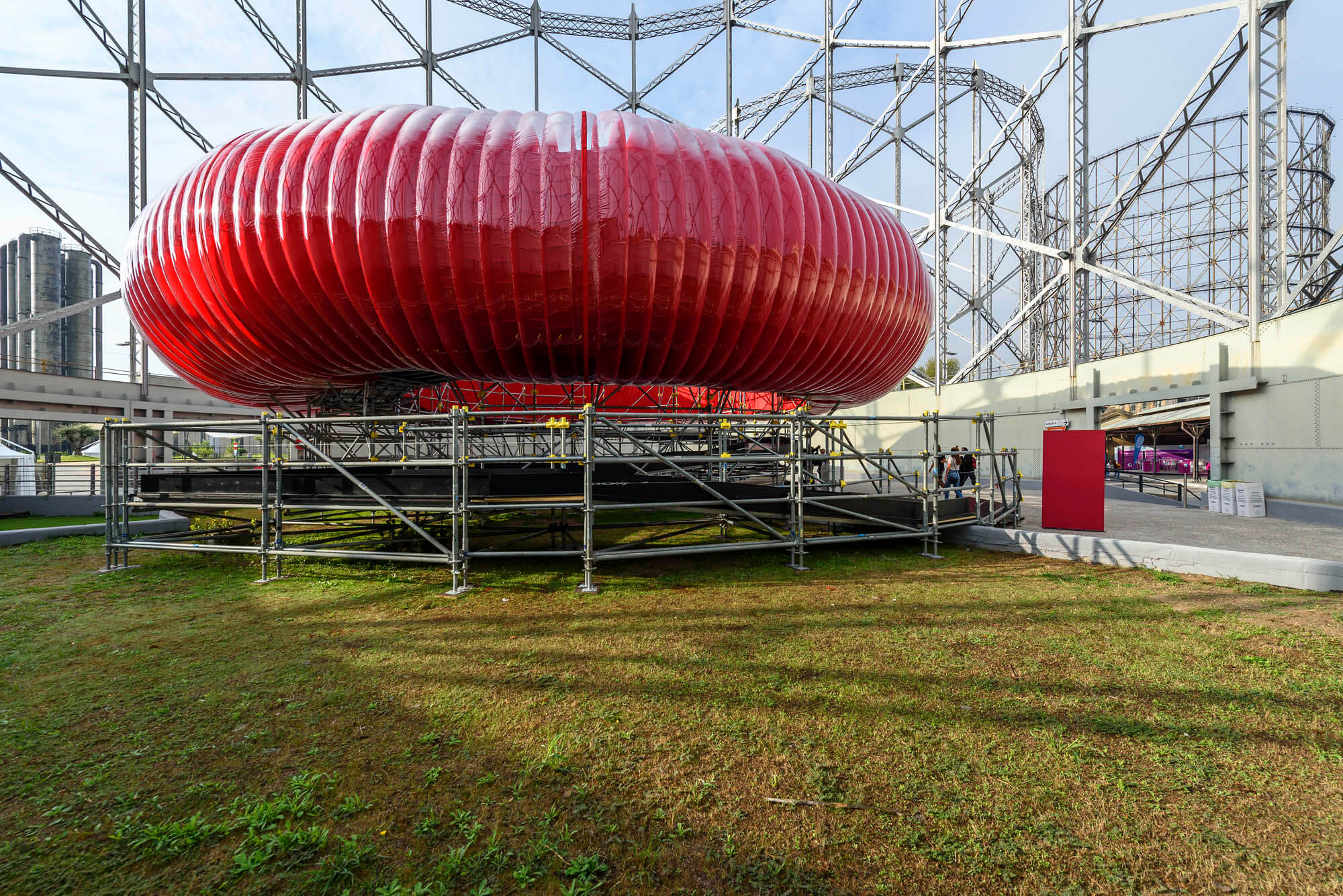
Once holding giant storage balloons that contained Rome’s gas supply, the four cylindrical structures that comprise the Gazometro Ostiense site were decommissioned in the 1960s when the city switched over to methane. Today, the gasometers are enduring relics of the Eternal City’s industrial past and serve as a striking juxtaposition to the city’s wealth of ancient monuments; the tallest of the structures, a colossal cast-iron cylinder reaching nearly 300 feet that ranks as the tallest of its kind in Europe, is often referred to as the city’s Industrial Colosseum. That structure was completed in 1937.
The three squatter structures adjacent to the site’s towering namesake Gazometro were designed by London-based Samuel Cuttler & Sons and completed between 1910–1912. In the United Kingdom, Victorian-era structures designed by Samuel Cuttler & Sons for the purpose of storing gas have been converted into parks and repurposed for other new uses. Many are listed as historic landmarks. Maker Faire Rome was also held at Gazometro Ostiense in 2021, opening the old gasworks to the public for the first time. Organizers said that the area was an apt one for the event that “radically transformed the industrial and entrepreneurial landscape of Rome in the early 1900s, giving the city a district that still retains its vocation for innovation.”
During the 10th edition of Maker Faire Rome, which was held from October 7–9, attendees entered the faux tokamak via a winding ramp installed atop a grassy patch within one of three smaller gasholders, Once inside the pavilion’s red-lit circular corridor, visitors could learn more about the technology and its “ongoing scientific investigations” through multimedia exhibits.
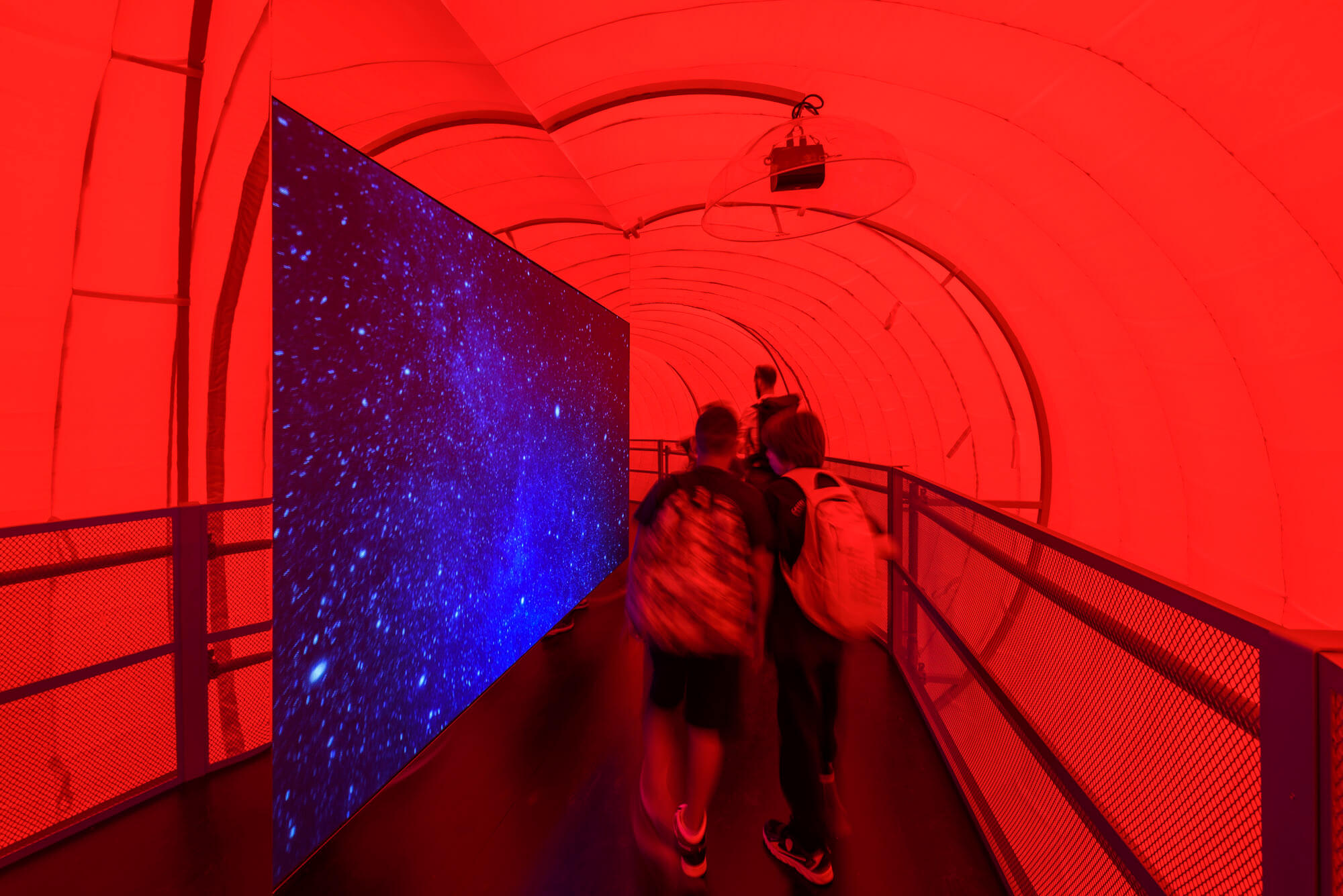
“We have the chance to explore new forms of storytelling about energy,” said Rota, who served as co-designer of the installation. “We believe that design is a powerful tool to turn a narration into an experience, allowing visitors to sense the energy while being surrounded by a unique atmosphere.”
With the 10th edition of Maker Faire Rome now a wrap, stateside maker-fests on the near horizon include events in Philadelphia, Baton Rouge, Milwaukee, Orlando, and Rochester, New York.
Carlo Ratti will deliver the keynote at AN’s upcoming Tech+ conference, a hybrid live-virtual event in New York City on October 21. Click here to register and learn more.














